In the end, what will endure?
In uncertain times, in the midst of a global upheaval, Hauser & Wirth, with its latest show ‘What Endures’, featuring works of artist Philip Guston, uncovers the universal truth
Anusha Prakash
Hauser & Wirth’s new online exhibition, What Endures, exhibiting thirteen important works by American-Canadian artist Philip Guston, will leave you pondering just that. Curated at a time when the world is in the midst of a global, seemingly endless pandemic, tangled in a web of protests & political turmoil, this exhibit and the question it poses, seem particularly relevant.
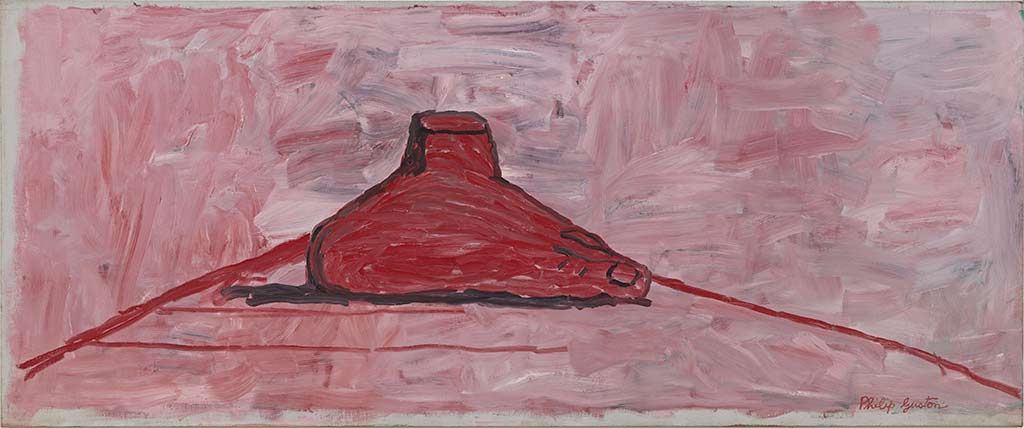
The online exhibition focuses on the works created by Philip Guston in the short period between 1971-1976. The exhibition has been curated by the late-artist’s daughter Musa Mayer under three distinct themes. When viewed individually, each portrays the artist’s reflections at a specific moment. But when viewed as a single entity, it beautifully stitches the fragments together to form an important picture of the life and work of Philip Guston.
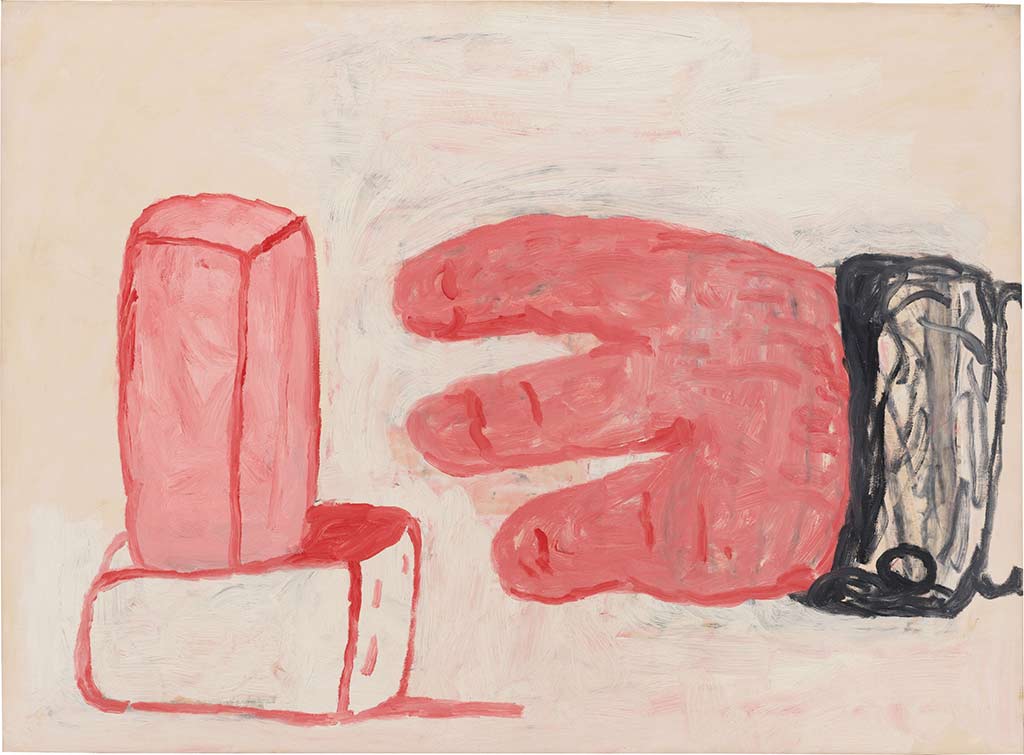
Room 1 opens with The Solace of the Past, inspired by the artist’s fascination with Roman architecture and design. There are 4 small works placed in the room, all completed in the year 1971. The geometric shapes are a common imagery and while they seem worn, there is also an air of permanence. It makes one wonder whether these works are an attempt to find hope in the relics, and to gain strength from their resilience.
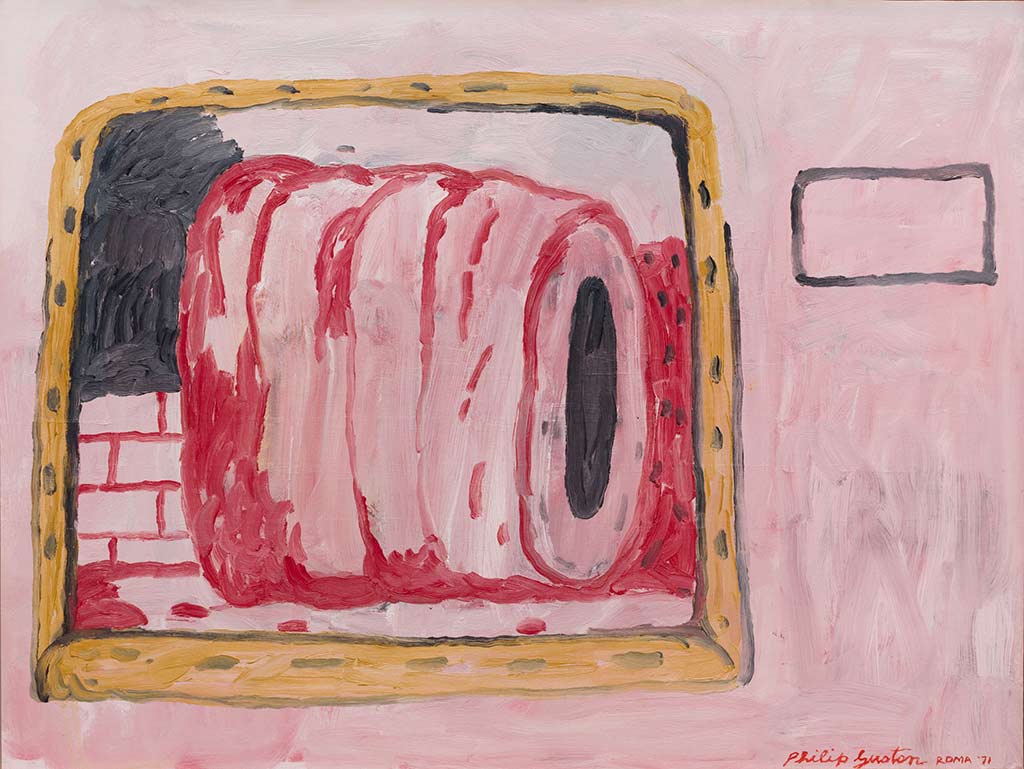
Room 2, The Rising Tide, opens into a more intimate setting, devoted to the works inspired by Philip Guston’s personal torments. Guston was born to Ukrainian Jewish parents, who had escaped persecution by moving to Canada, and his childhood was riddled with political and personal strife – with the Ku Klux Klan’s rampant activities against the Jewish, Black and other minority communities; and the trauma rendered by his father’s suicide – all of which found an impact in his works. The works in this room are larger, created between 1974-1975, and painted in hues of a dark foreboding red. In many ways, it seems the artist was painting his worst nightmares – of his beloved wife Musa death; of them drowning together; of Holocaust and of the mass graves. While viewing the works, it appears as though the artist was cataloguing the trauma – reminding us that it is important to both acknowledge and retain past traumas while compelling us to also learn from them.
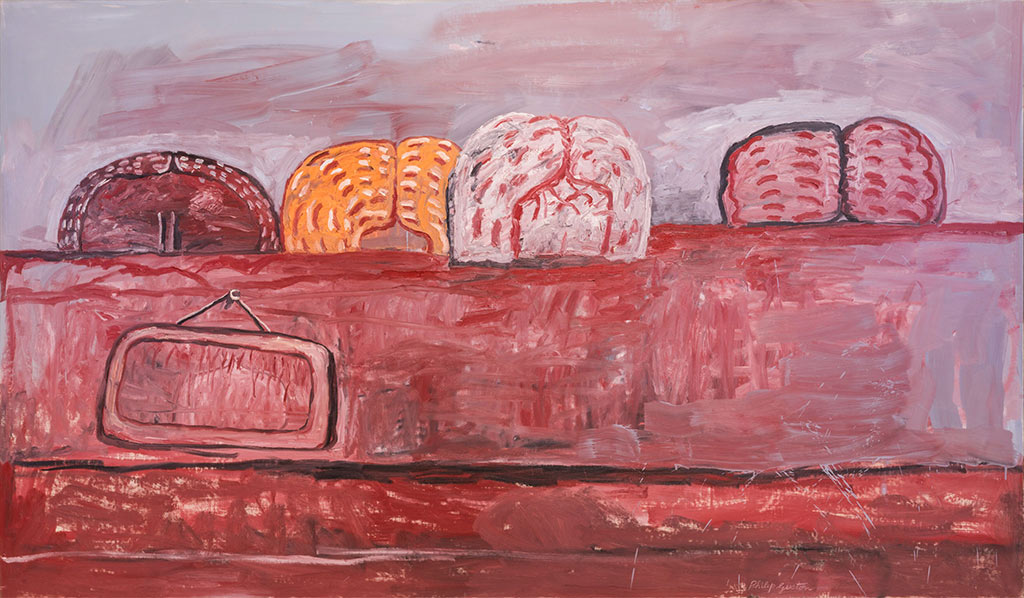
Room 3, aptly titled Deliverance is a culmination of the exhibition and answers the burning question we set off with – What Endures? It is answered with a single painting in the room, of the love of his life, Musa. It is a tribute to his love for her that has transcended through time, its permanence an unquestionable declaration. In calm blue hues, depicting the young and old Musa, it seems to say: this is all that matters. The exhibition comes together in front of this final painting as it proclaims clearly: Love is what endures.
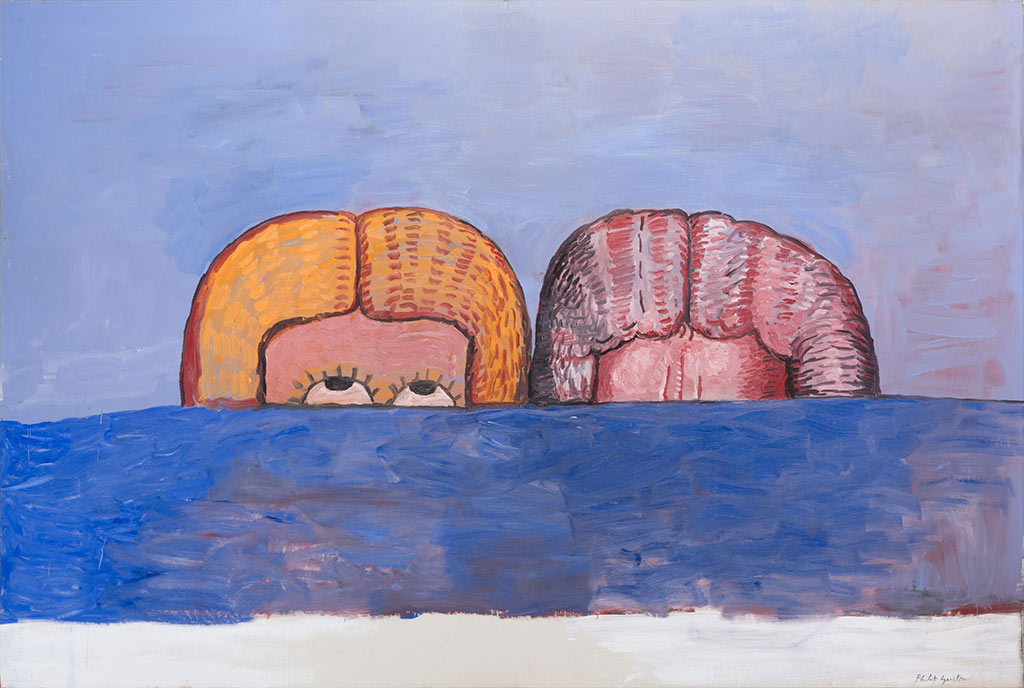
__________________________________________________________________________________
Check out the exhibition here
All Images are Courtesy of Hauser & Wirth; © The Estate of Philip Guston.
Share